#WASHINGTON — Virgin Galactic said Feb. 5 it is investigating why a pin fell from the aircraft used by its VSS Unity suborbital spaceplane on its most recent flight last month, adding that the incident did not pose a safety risk to those on board And Lynk Global has agreed to a merger that would raise money for the direct-to-smartphone operator and list its shares on Nasdaq, the venture said Feb. 5 in a regulatory filing that details its revenue projections for the emerging market. #spacenews
View 393 times
#HELSINKI — A pair of #Chinese rockets launched 11 mobility services satellites for an automaker and nine further, diverse satellites into orbit late Friday.
A Long March 2C rocket lifted off from Xichang #Satellite Launch Center in southwestern China at 6:37 p.m. Eastern (2337 UTC) Feb. 2, followed hours later by a Jielong-3 solid rocket launching from a mobile sea platform at 10:06 p.m. (0305 UTC, Feb. 3).
The former launch sent 11 satellites into orbit for the space arm of #Chinese automaker Geely. The spacecraft were cataloged by U.S. Space Force space domain awareness in roughly 595 by 605-kilometer orbits with inclinations of 50 degrees.
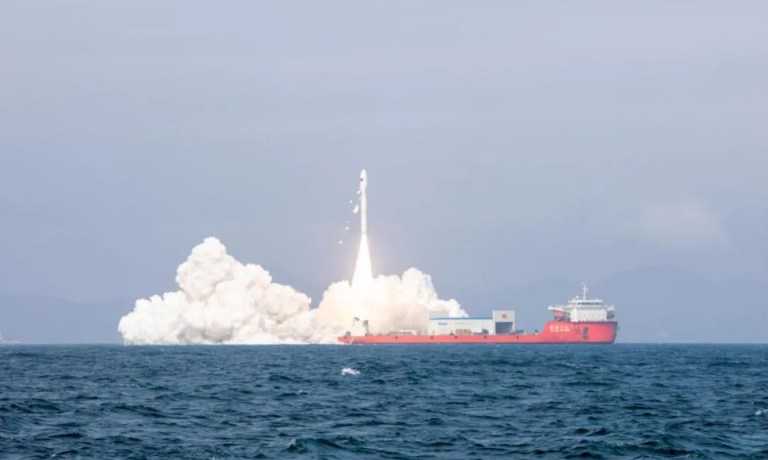
View 398 times
#ORLANDO, Fla. — The U.S. Air Force is pressing forward with plans to demonstrate point-to-point rocket travel perhaps in a few years.
Among the reasons for optimism are SpaceX’s launch rates and ability to reuse #rockets, which “dramatically changes the business case,” said Gregory Spanjers, chief scientist overseeing the rocket cargo program at the Air Force Research Laboratory.
Speaking on a panel Jan. 30 at the Space Mobility Conference, Spanjers said AFRL and SpaceX have been “digging through different scenarios” for the use of the company’s giant rocket Starship for rapid, global cargo transportation.

View 412 times
#BALTIMORE – Silicon Valley startup Orbital Composites and Michigan-based Virtus Solis Technologies announced plans Feb. 1 to conduct a 2027 space-based solar power demonstration.
The demonstration is destined for medium-Earth orbit, where Earth’s atmosphere will not interfere with “continuous solar power generation,” according to the news release.
Amolak Badesha, Orbital Composites co-founder and CEO, declined to comment on the cost of the planned demonstration.
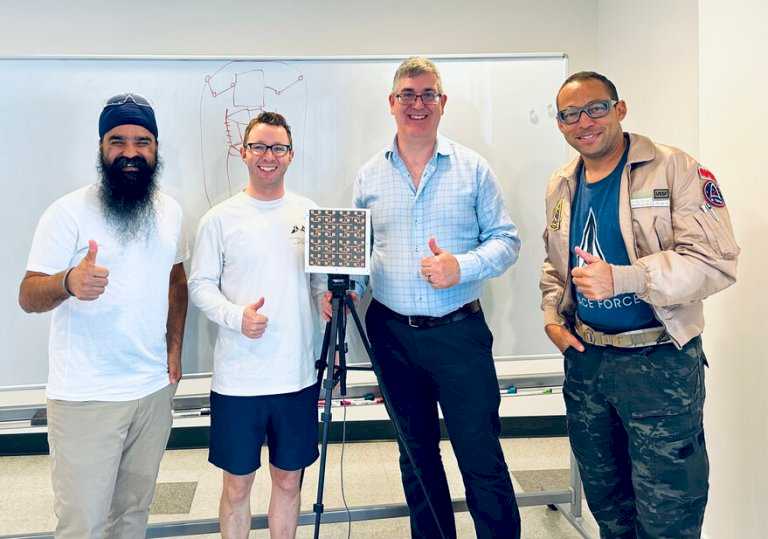
View 408 times
#ORLANDO — The Office of Space Commerce (OSC) has entered into a research partnership to explore how SpaceX’s automated satellite collision avoidance software could support plans for a civil space traffic coordination system.
The federal agency will perform an astrodynamics evaluation of the tools SpaceX uses to manage more than 5,000 Starlink broadband satellites as part of the agreement, including the company’s low #Earth orbit (LEO) conjunction assessment screenings.
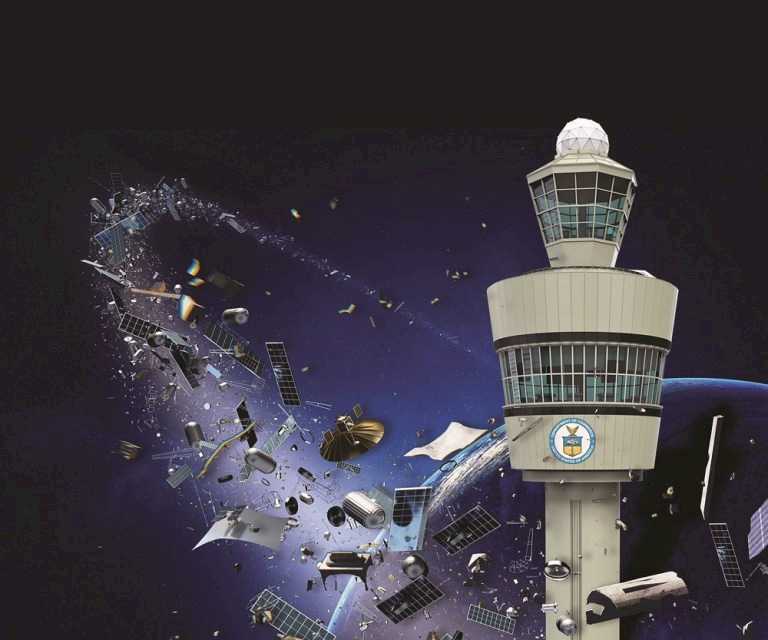
View 411 times
#BALTIMORE – Vigil, a European Space Agency mission scheduled to launch in 2030, seeks to balance operational demands with the needs of the scientific community.
“We have not forgotten our science colleagues. In fact, they are important partners for the mission,” Giuseppe Mandorlo, Vigil project manager, said Jan. 29 at the American #Meteorological Society annual meeting here.
Vigil will provide space weather data from sun-Earth Lagrange point 5. Data gathered from L5 could provide notice of four to five days of solar winds streaming toward Earth.

View 401 times
#WASHINGTON — A Cygnus cargo spacecraft is set to launch on a #Falcon 9 #rocket for the first time, a combination that required more changes to the rocket than to the #spacecraft.
#NASA announced at a Jan. 26 briefing that it was targeting Jan. 30 at 12:07 p.m. Eastern for the launch of the NG-20 cargo mission from Cape Canaveral’s Space Launch Complex 40. That is a one-day slip from previous plans, which the agency said was to “accommodate launch pad readiness.” If Cygnus launches that day, it will arrive at the International Space Station early Feb. 1.
The launch marks the first time Northrop Grumman’s Cygnus cargo spacecraft has flown on Falcon 9. All previous launches of Cygnus have been on Northrop’s own Antares launch vehicle with the exception of two missions that launched on United Launch Alliance’s Atlas 5 after an Antares launch failure in 2014.
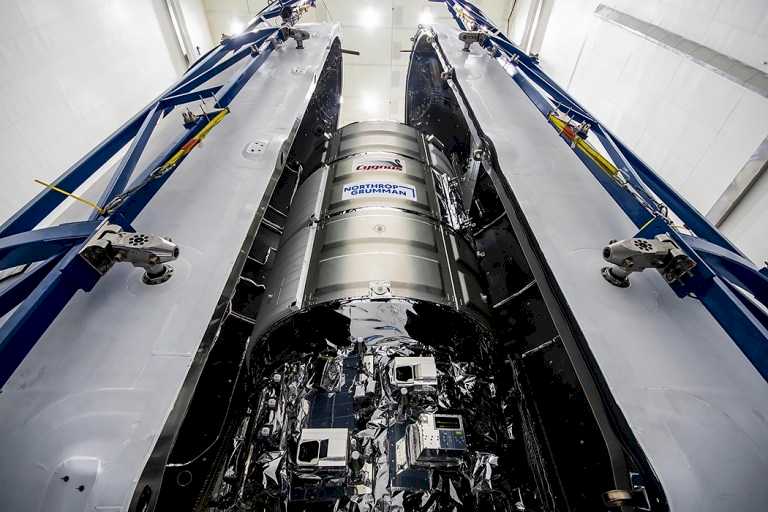
View 401 times
#WASHINGTON — The #Space Force’s Space Systems Command announced Jan. 26 that additional vendors have been selected for the Sounding Rocket Program-4. This is a multiyear contract where companies compete for orders to launch small #rockets used to carry scientific instruments and experiments into suborbital space.
Kratos Space & #Missile Defense Systems, L3Harris’ Aerojet #Rocketdyne Coleman Aerospace, and Corvid Technologies were awarded indefinite-delivery indefinite-quantity (IDIQ) contracts for Sounding Rocket Program-4.

View 396 times

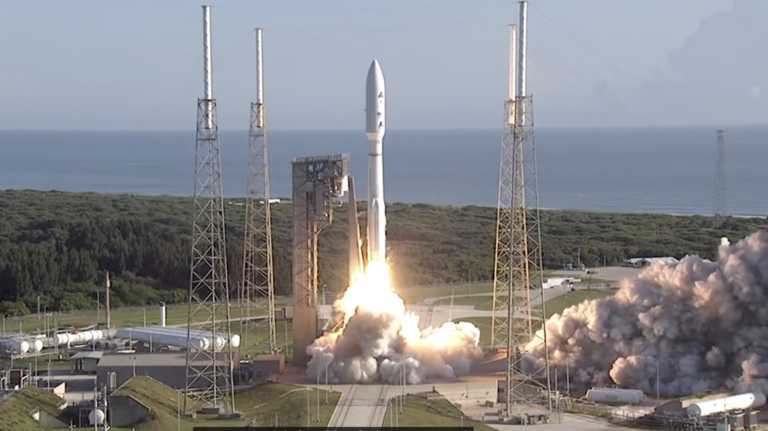


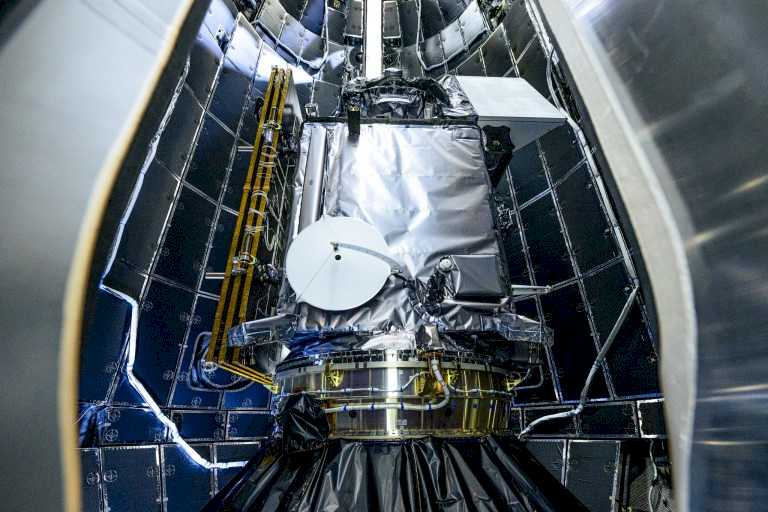
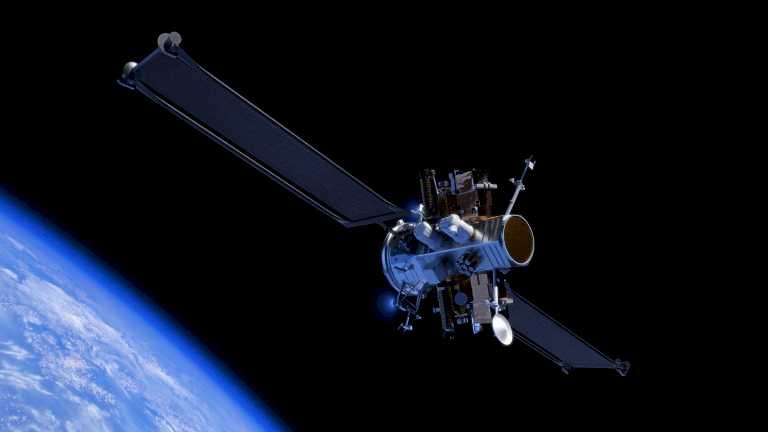



Space news on Umojja.com